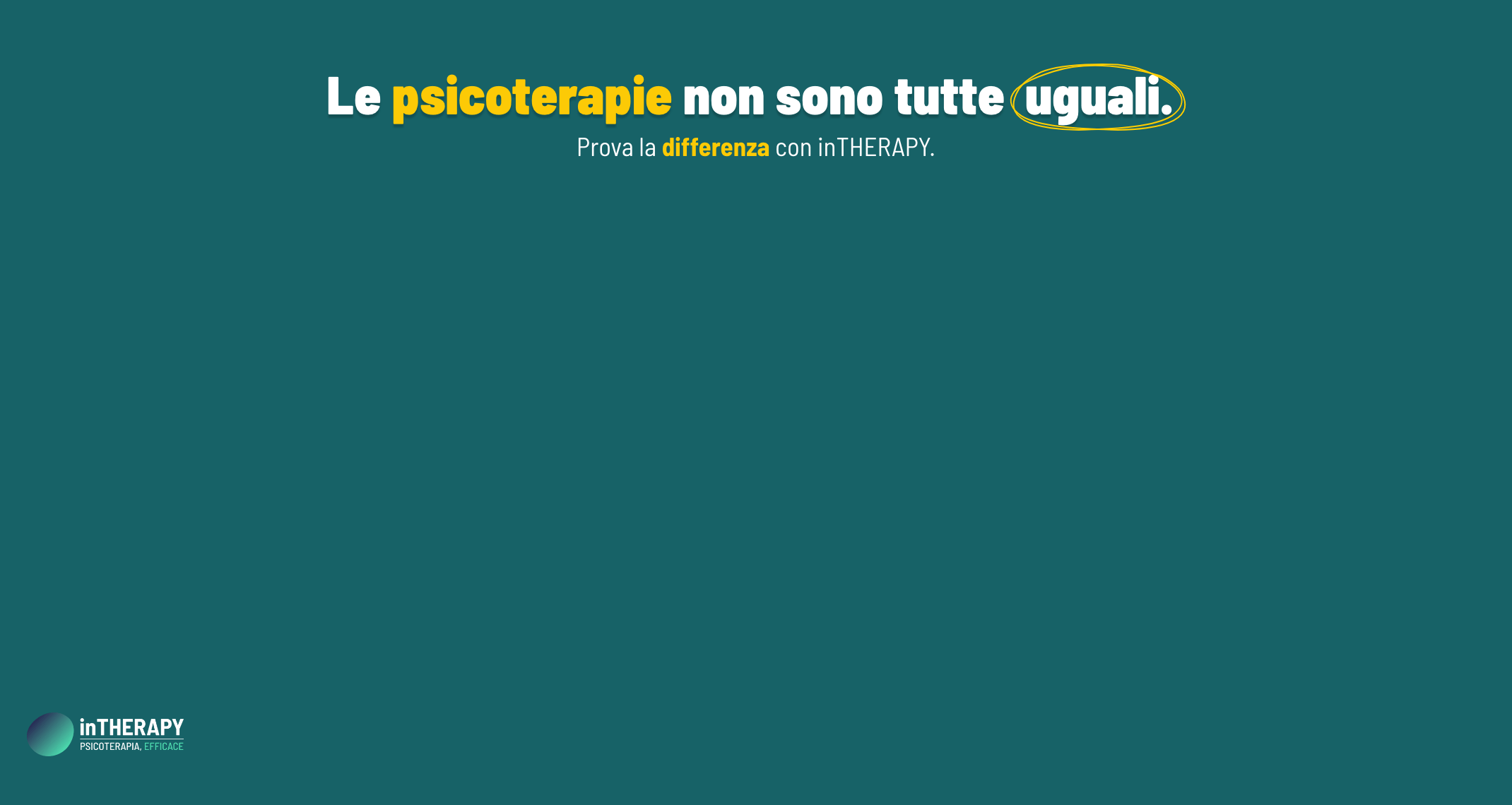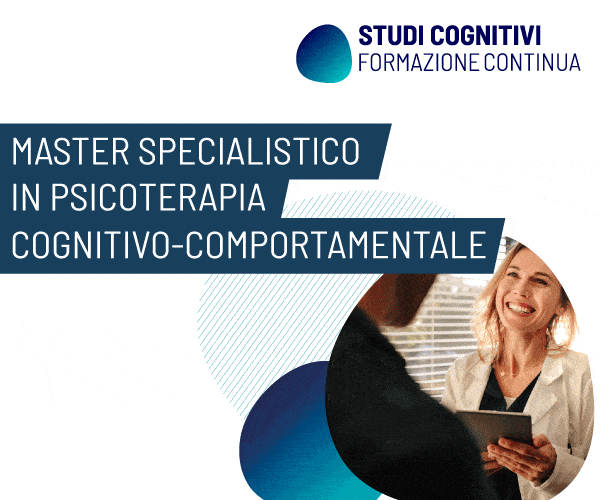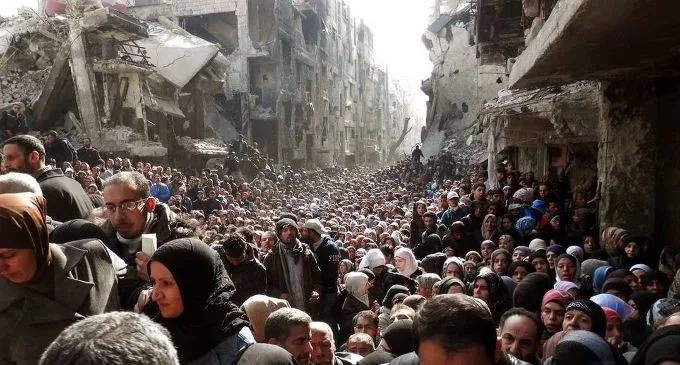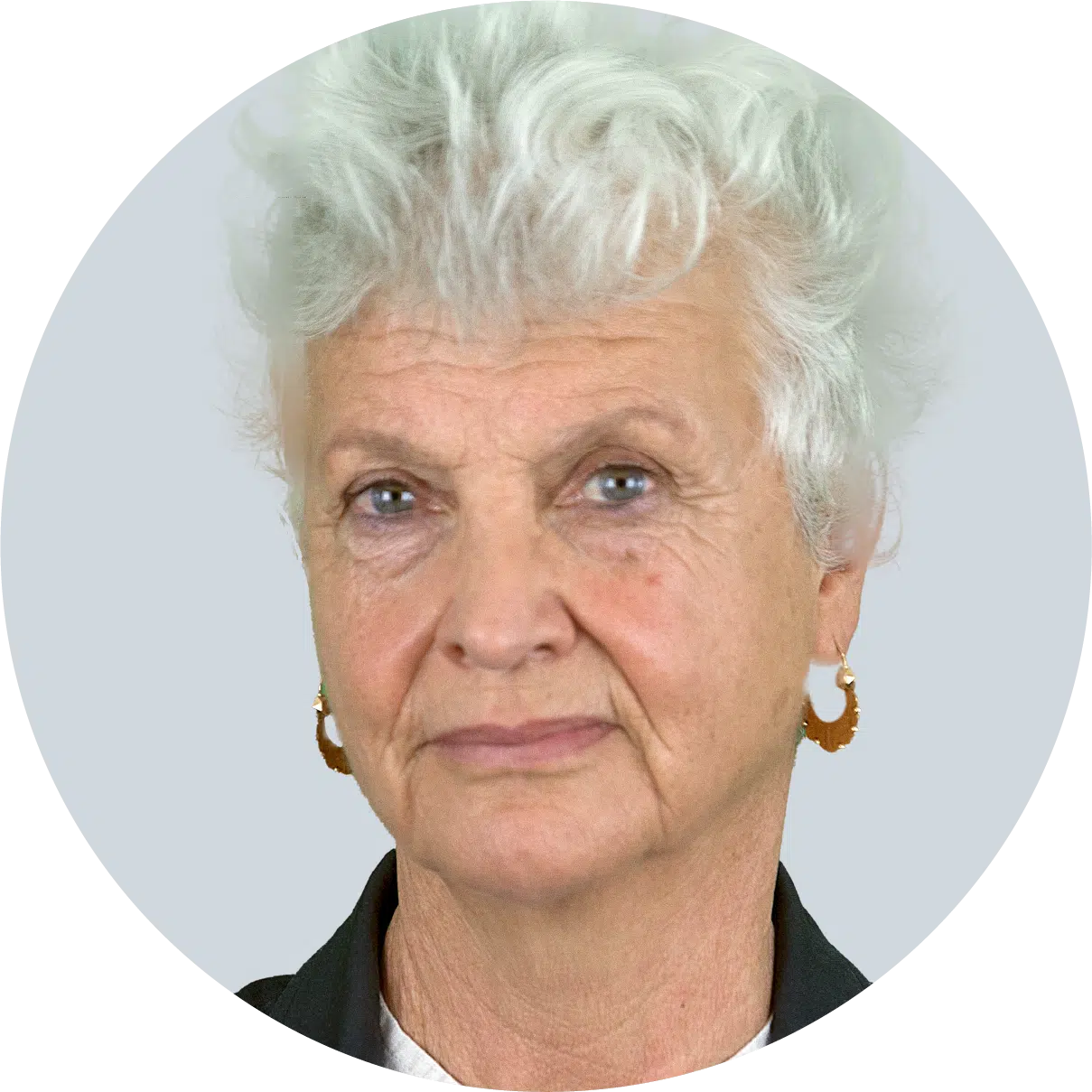There is little research and attention about the needs and struggles of migrants, refugees and asylum seekers, and in particular to their access to appropriate health care.
LEGGI LA VERSIONE IN ITALIANO DI QUESTO ARTICOLO
Research about this topic comes mainly from Canada, Australia and New Zealand. Little is known about the health of refugees on arrival and their subsequent health care trajectories. Therefore, there is an urgent need for an improved understanding of refugee demographics and health status on arrival, changes in health status over time, utilization of health services, and characteristics associated with optimal health outcomes (Gabriel, Morgan-Jonker, Phung, Barrios, & Kaczorowski, 2011). Guidelines (Pottie et al., 2011) inform us that immigrants should be routinely provided with vaccination and medical screening. There is high need for continued provision of settlement services to assist refugees with job training, labour market access, and counseling for traumatized refugees (Maximova & Krahn, 2010). A meta-analysis highlighted that the multiple dimensions of refugees’ resettlement cannot be understood without consideration of a wide range of pre- and post-migration stressors beyond those that are acutely post-traumatic (Porter & Haslam, 2005; Ringold, Burke, & Glass, 2005).
Immigrant and refugee health needs may differ significantly from those of host country people due to differential prior exposure to certain diseases and lack of access to preventive health care (e.g., vaccinations) (Hobbs, Moor, Wansbrough, & Calder, 2002). In addition, causes of migration (forced versus voluntary), familiar and financial conditions and hot country language proficiency should be assessed. In 2001 Burnett and Peel have described some of the barriers which asylum seekers face in accessing health services in the UK. First difficulty is just problems in registering with a general practitioner and being given access health services. Language is the most important barrier that hinders refugees to access to health services.
Unfortunately, much less is known in European and Mediterranean and European countries, which is currently the area of highest migration and discomfort. In Canada, refugees receive a federally funded package which includes some medical, paramedical and dental coverage plus laboratory, imaging, physician or nursing services locally funded. Australian and New Zealand studies explored the barriers faced by refugees in accessing health services, and the challenges faced by providers. The main problem are refugees’ severe physical health needs, depending on malnutrition, poverty, abuse, overcrowded refugee camps and inadequate health care provision. The second major challenge is refugees’ mental health problems and psychological distress, which reason is having experienced or witnessed torture, violence, rape and death. In addition, some refugees may resist utilising counselling services to alleviate trauma because, in their culture, silence and forgetting are more common as coping mechanisms (Burnett & Peel, 2001).
Another strand of literature addresses the challenges which practitioners face in tackling refugee health needs. Burnett & Peel (2001) suggest that health workers face a number of challenges when working with refugees, including language, time pressure and cultural differences. Providers needs specific training in order to take care and look after refugees and immigrants. They should know immigrants’ cultural background and migration history. Simple questions, such as “How would a pharmacist help you in your country?” may make difference when initiating a patient assessment with an immigrant (Pottie et al., 2011).
Literature says that pharmacists are often the first health care professionals to assist newcomers with their health care needs and in this case also guidelines exist to support pharmacy care for immigrants and refugees (Ingar, Farrell, & Pottie, 2013). Another primary care frontline is provided by charity, non-profit community owned and operated health clinic designed to deliver accessible affordable and appropriate primary health care services (Lawrence & Kearns, 2005).
Health care is a core institutional process in resettlement societies n order to allow refugee groups a full integration in host countries (Mortensen, 2008). Coping with emotional and mental disorders is a primary skill for health care professionals who happen to have to assist newcomers. Emotional and mental health issues put pressure on local primary and secondary care services, given that social isolation and loneliness of refugees migrants has led to underlying emotional, social and mental health issues.
Many obstacles may hamper appropriate access to health services. Shame or fear of what family and friends might think, fear of being judged by the treatment providers, fear of hospitalisation, and logistical difficulties are significant impediments to accessing health care services for women (Day, 2016; Drummond, Mizan, Brocx, & Wright, 2011).
Managing the challenges of working in a relief program with refugees and immigrants imply many skills. The need of specialized courses designed to prepare people to work in the field of humanitarian assistance cannot be overlooked (Harrel-Bond, 2002; Walkup, 1997). In fact, general practitioners are reported as under-resourced, at both individual level and structural level, to provide effective care and manage health conditions unique to refugees (Johnson, Ziersch, & Burgess, 2008). Transcultural competence is needed in order to offer a comprehensive framework for assessing and addressing refugees’ healthcare and makes a difference in terms of asylum seekers’ satisfaction with medical encounters, confidence in the future value of the attending physician’s recommendations, and perceived healthcare effectiveness in their new surrounding (Koehn, 2005).
In order to measure the degree of integration of refugees and immigrant, the use of adapted measures of acculturation adapted from existing acculturation scales with evidence of good reliability and validity to assess language use and proficiency, ethnic–social relations and media use (Deyo, Diehl, Hazuda, & Stern, 1985; Marín, Saboga, VanOss Marín, Otero-Sabogal, & Pérez–Stable, 1987).








